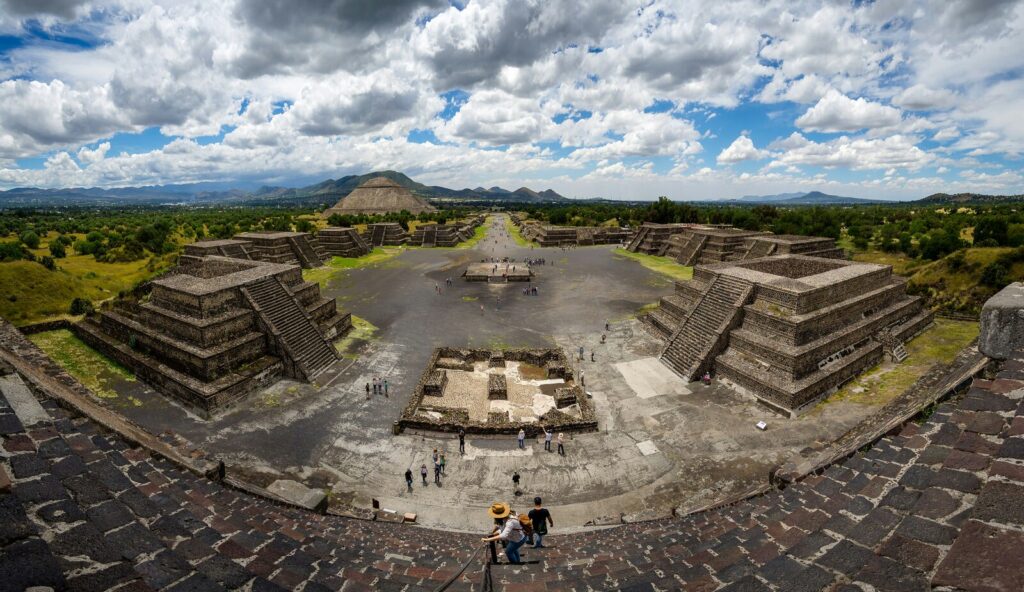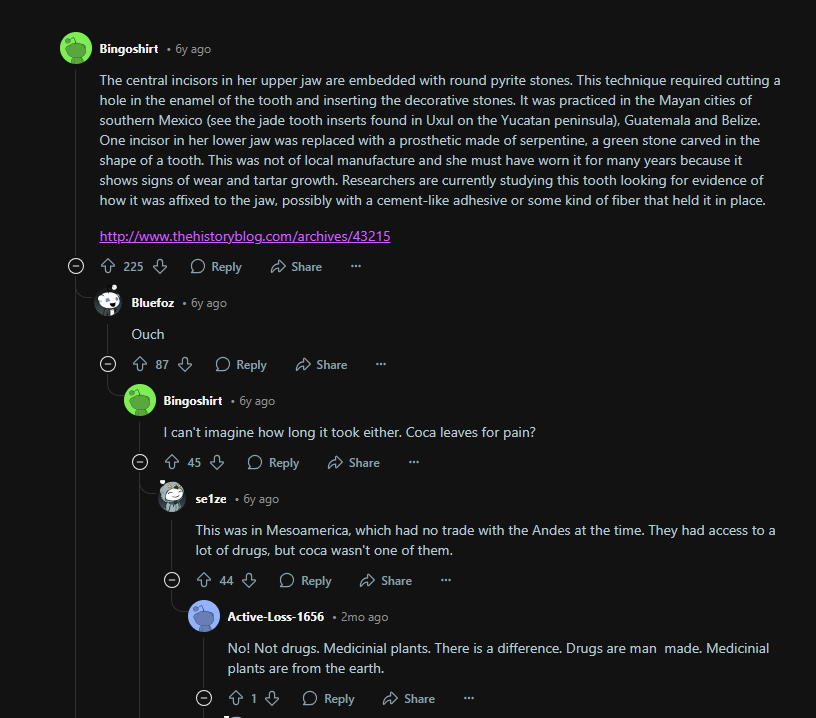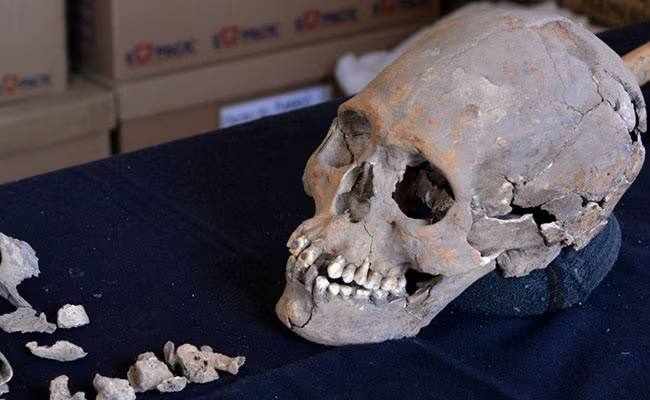Dentistry, or taking care of teeth, has been around for a very long time. People in ancient times, like the Egyptians and Chinese, practiced basic ways of keeping their teeth healthy. Recently, a surprising discovery has added a new chapter to this history. In Teotihuacan, an ancient Maya city, scientists found the skeleton of a woman with something truly special—a jade-covered tooth!

A Cool Discovery
This skeleton is over 1,700 years old. At first, it might not seem that special, but one of her teeth had a piece of jade carefully placed in it. In Maya culture, jade was very important. It was used for jewelry and special ceremonies, but this discovery shows they also used it for teeth. This amazing find reveals how creative and advanced the Maya people were.
What makes it Different?
The jade was stuck into the woman’s tooth using a glue-like material. This shows that the Maya had impressive dental skills. They might have done this for decoration, as a symbol of status, or even for spiritual reasons. Scientists believe they knew how to prevent infections and make sure the jade stayed in place for a long time.
Experts say this happened sometime between 350 AD and 450 AD. It’s clear that the Maya people saw teeth as more than just a way to eat; they were symbols of beauty and culture. Jade wasn’t just pretty; it was a way to show power, wealth, and spirituality. Today, this skeleton with its unique tooth is on display in the Museum of Artifacts, where it continues to amaze visitors and researchers.


Unanswered Questions
- How did ancient people figure out how to do dental work? People back then probably learned through trial and error. They might have experimented with natural glues, plants, and basic tools like stone drills. Other ancient cultures, like the Egyptians, also practiced dentistry, so ideas might have spread from one group to another.
- Why did they do dental modifications? The Maya likely did this for different reasons. Jade was a big deal in their culture and showed wealth and power. Some people might have decorated their teeth to look important or to connect with their spiritual beliefs. It’s also possible that these changes were part of special ceremonies.
- What tools and materials did they use? They probably used tools made from stone, bone, or metal. The glue that held the jade in place might have come from plants or other natural materials. This shows they understood a lot about science and the human body.
- Did they have dentists? Some people in Maya society might have been specialists in dental work, kind of like dentists today. But it’s also possible that spiritual leaders, like priests or shamans, performed these procedures during ceremonies or rituals.
- How did they deal with pain? Pain relief might have come from natural remedies. They could have used plants like coca leaves or opium poppies, or even alcohol, to help numb the area or relax the patient.
What Are People Saying Online?

This discovery has gotten a lot of attention on the internet. People are amazed at how clever the Maya were and how similar some of their practices are to modern cosmetic dentistry. Many are fascinated by the cultural importance of jade and how it was used in such a unique way. Social media posts and discussions show how much people enjoy learning about ancient cultures and how connected we still feel to the past.
Conclusion
The discovery of this jade-tooth skeleton is a window into the past. It shows how advanced and creative the Maya civilization was and how much they valued beauty and symbolism. As researchers continue to study this find, it teaches us about the connection between health, culture, and art. This story reminds us that even thousands of years ago, people were innovative and cared deeply about expressing their identity.
Learn more about modern dental health tips: https://flossdaily.in/blog
Sources:

